Salmon Stir-Fry With Vegetables and Sauce (Gluten-Free)
Salmon Stir-Fry is a healthy dinner recipe that is super quick to make. This simple and low-carb version can be adapted to use the vegetables you like the best. This is a flavorful and balanced meal that can easily be made gluten-free.
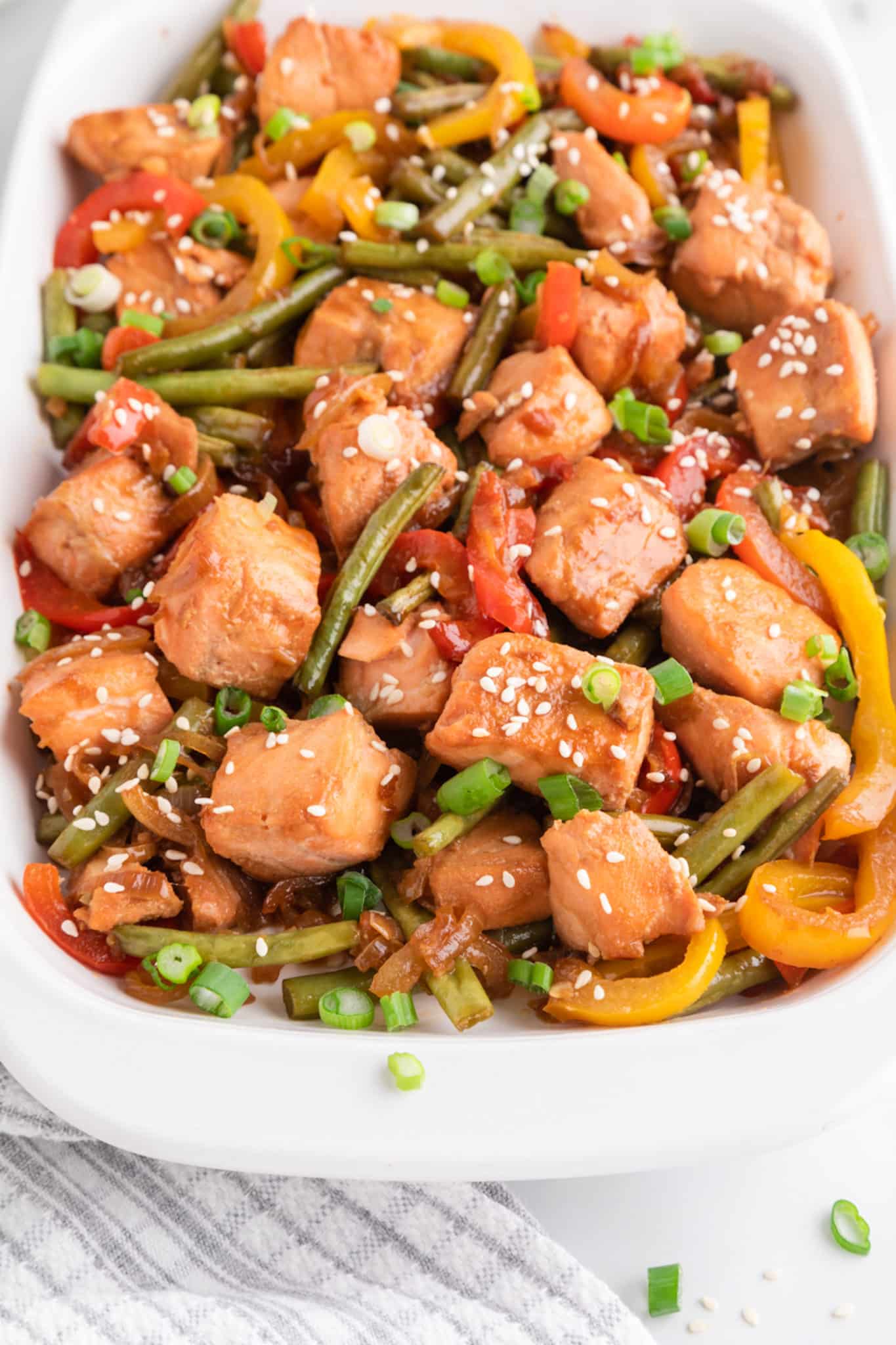
Stir fry is one of the most versatile recipes you can make. You can use whatever vegetables you’d like, whether it’s your favorites, what’s languishing in the fridge, or what’s on sale at the store this week.
A great idea is to use veggies that you love mixed with ones you are trying to love or trying for the first time.
The stir-fry sauce gives them excellent flavor, and the fresh vegetables combined with the salmon pieces taste so great together.
Salmon Stir Fry Recipe Benefits
- Use up the veggies in your fridge! I like using green onion, red bell pepper and green beans, but you can change up the vegetables to use what you have.
- This teriyaki salmon stir fry is naturally gluten-free if you are using my homemade stir fry sauce.
- Serve with your choice of side, such as jasmine rice or cauliflower rice.
Ingredients
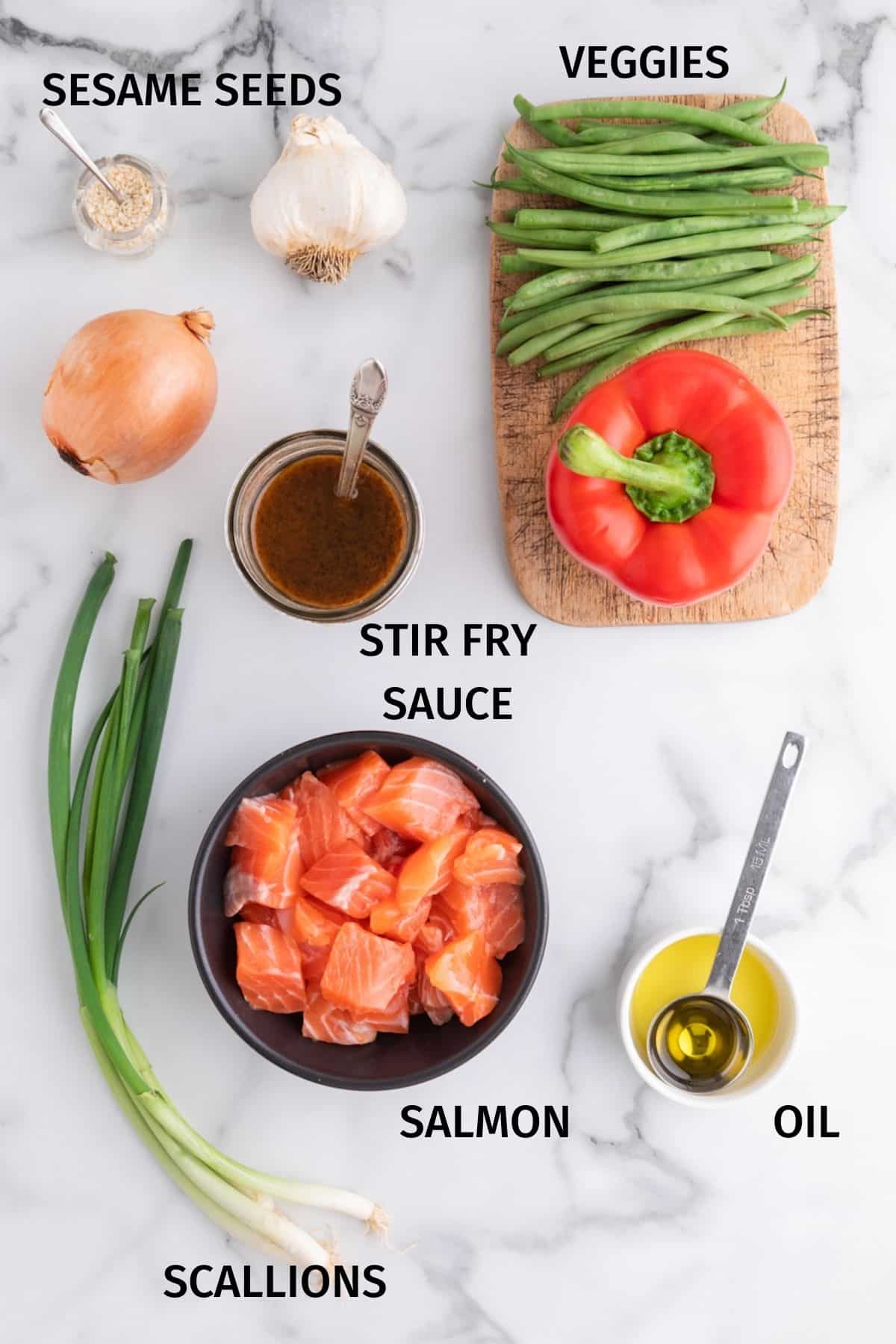
- Salmon is a protein full of omega-3 fatty acids. Look for fresh wild-caught salmon at your grocery story. Or, defrost frozen salmon and use it instead of fresh salmon.
- Stir-fry sauce flavors vegetables so everyone will like them! I highly recommend my homemade gluten-free stir fry sauce for this recipe. Or, just use coconut aminos or soy sauce if you prefer (use aminos or tamari instead of soy sauce if you are gluten-free).
- Veggies like onion, spring onion, green beans and bell peppers pair great with the tender pieces of salmon. Snow peas would also be great in this recipe.
- Sesame seeds offer great texture and taste.
Please see the recipe card at the end of this post for the exact ingredients and measurements.
Recipe Steps
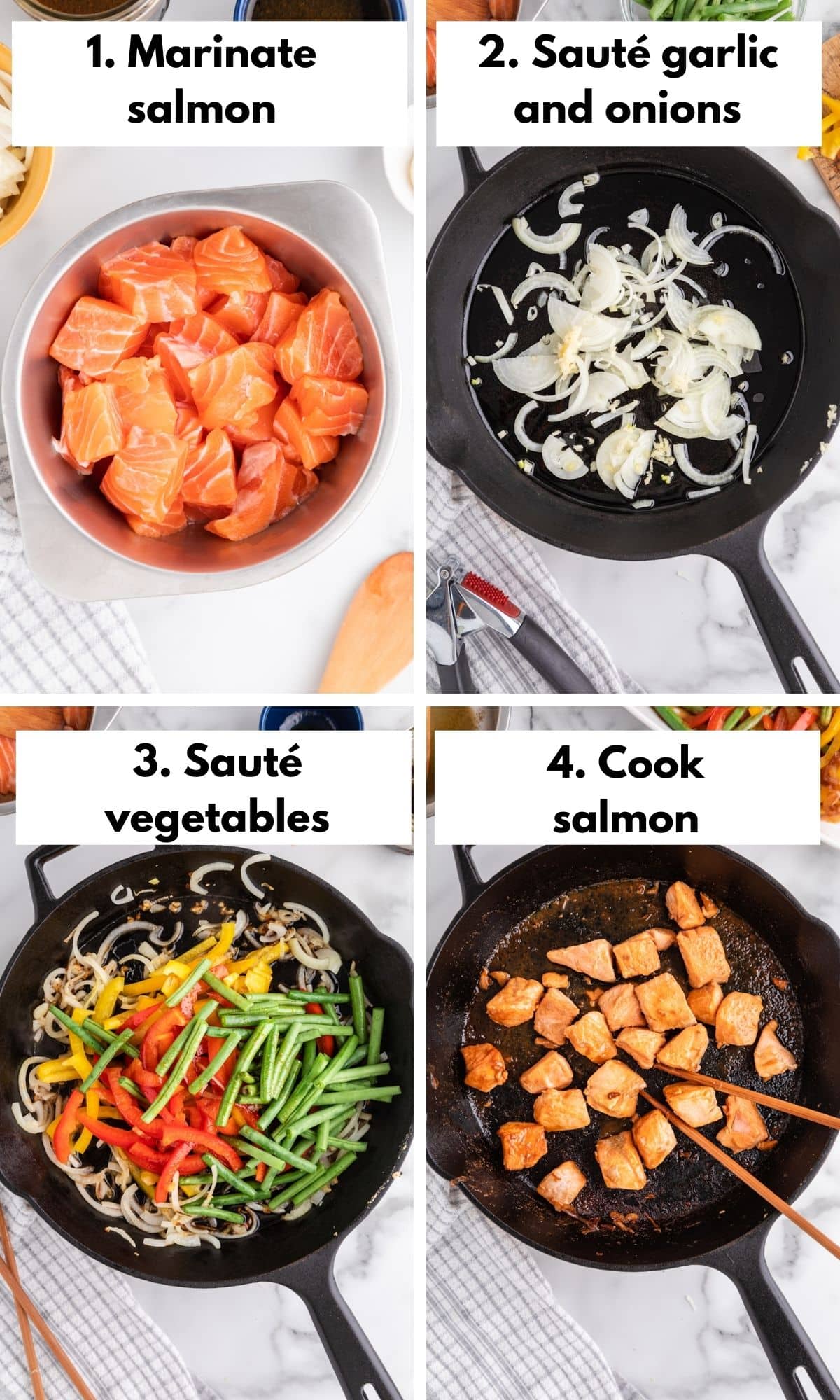
Step One
Cut your salmon filet into bite-sized pieces.
Combine salmon and 1/4 cup stir fry sauce in a bowl and let marinate.
Please see the recipe card at the end of this post for the exact ingredients and measurements.
Step Two
Heat oil in a large skillet and gently sauté onions and garlic over medium heat or medium-high heat.
You can use olive oil or sesame oil.
Step Three
Add vegetables and remaining stir-fry sauce and cook to desired texture.
Step Four
Remove veggies and cook salmon and marinade until cooked through. Combine and serve.
I hope you agree that this is one of your new favorite stir fry recipes and salmon recipes!
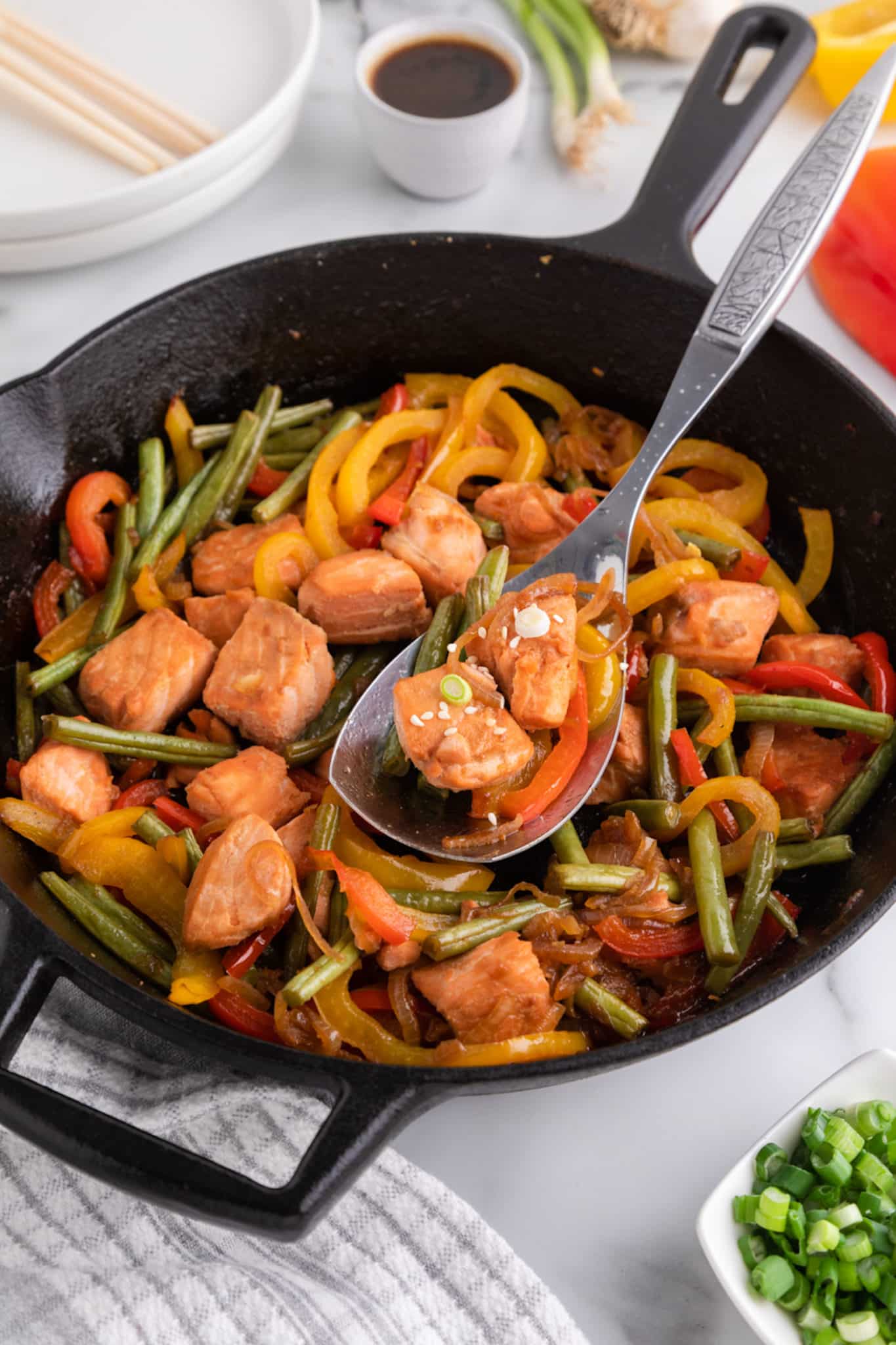
Recipe Tips
- Salmon fillets usually weigh between 4-6 ounces each.
- You can use whatever vegetables you like in this stir-fry. Feel free to swap out or add your favorites or whatever you have on hand. You’ll need about 3 cups of chopped vegetables for 4 servings. Other vegetables you can use include baby bok choy, fresh garlic, cauliflower, carrots, zucchini, and mushrooms.
- To toast the sesame seeds, put them in a dry skillet over low heat. Let them toast for 3-4 minutes, stirring occasionally to keep them from burning.
- Feel free to serve this cooked salmon stir fry recipe with brown rice, white rice, cauliflower rice, or plain. Or, toss the stir fry salmon with cooked rice noodles.
- You can use a teriyaki sauce or a homemade teriyaki sauce instead of stir fry sauce, if you prefer. Add a little brown sugar if you like a sweeter sauce.
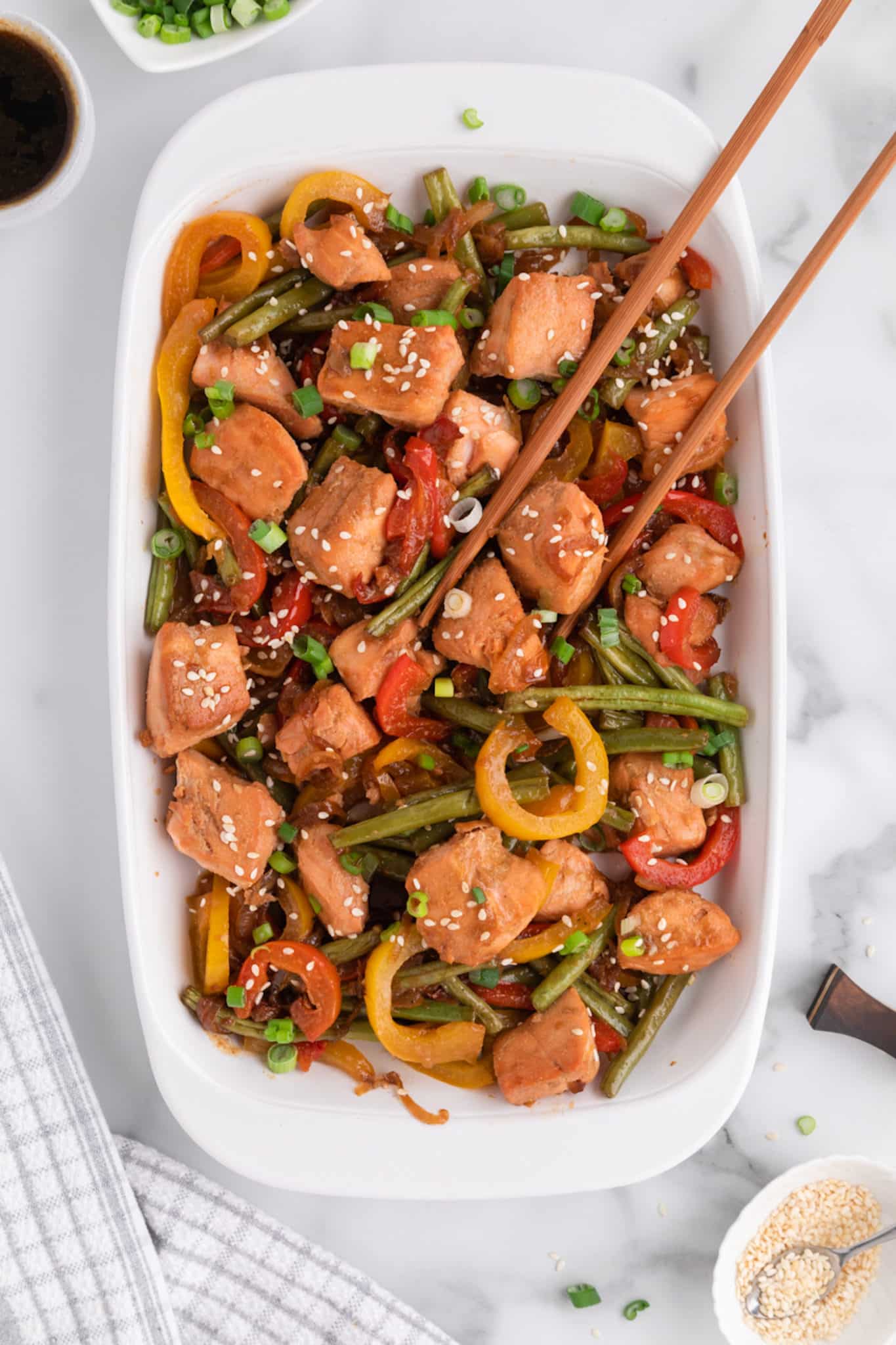
Recipe FAQs
You can cube up a pound of boneless skinless chicken breast to use instead. It might take a little extra time to cook through than the salmon, so make sure to either cut a piece in half or use a thermometer to check for doneness.
I used green beans and bell peppers, but you can use anything you like. Cut your veggies to about the same size, and keep in mind that sturdier choices like carrots may take longer to cook, so add them to the pan before smaller or more delicate ones.
Yes, it can be. If you use a storebought sauce, read the label carefully for any gluten-containing ingredients. Many packaged sauces use soy sauce which is not gluten-free. Use my simple recipe for a homemade gluten-free stir fry sauce option.
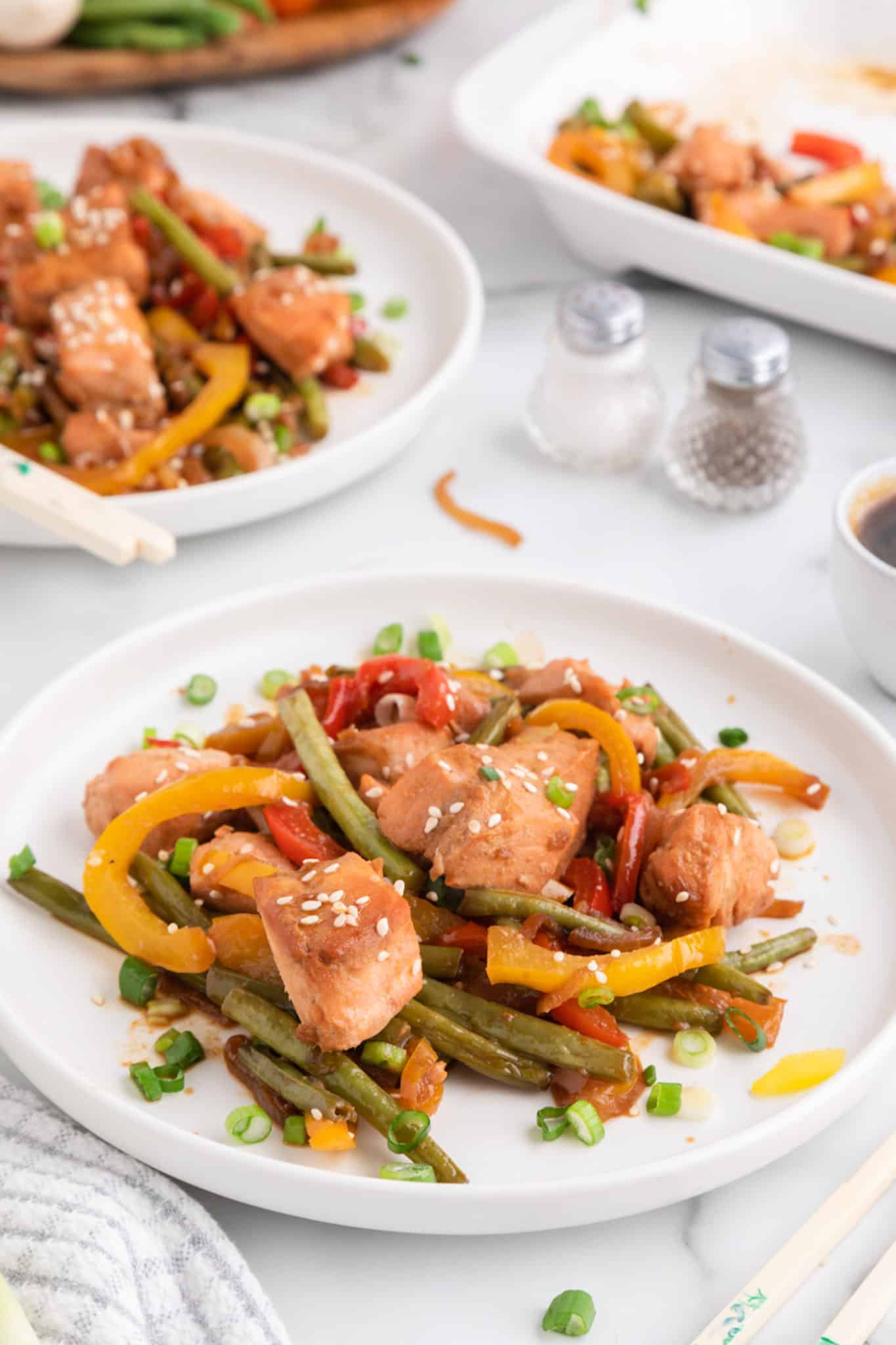
More Healthy Fish Recipes You Might Like
- Air Fryer Fish Tacos
- Instant Pot Coconut Mahi Mahi
- Air Fryer Baked Salmon
- Air Fryer Mahi Mahi with Mango Salsa
What to Serve with Salmon Stir-Fry
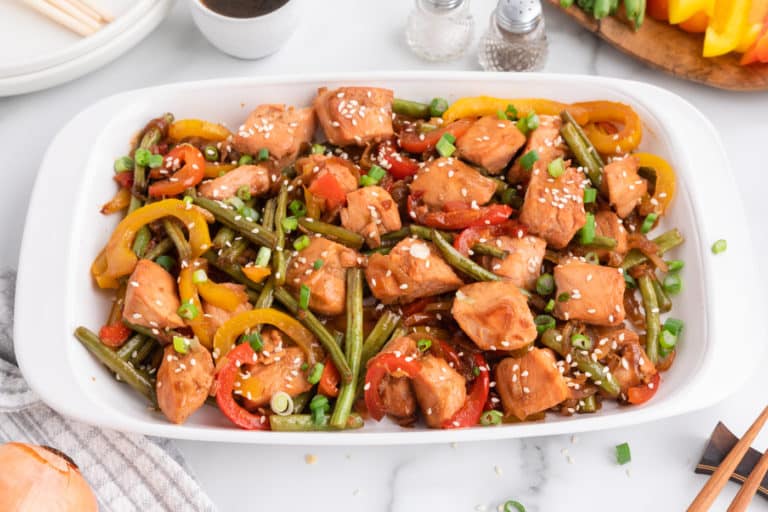
Salmon Stir-Fry With Vegetables and Sauce (Gluten-Free)
Salmon Stir-Fry is a healthy dinner recipe that is super quick to make. This simple and low-carb version can be adapted to use the vegetables you like the best. This is a flavorful and balanced meal that can easily be made gluten-free.
- Total Time: 45 minutes
- Yield: 4 servings 1x
Ingredients
- 16 ounces uncooked skinless salmon fillets, cut into 1-inch cubes
- 1 batch gluten-free stir fry sauce, divided (about 1/2 cup)
- 1 tablespoon neural-flavored cooking oil (I used avocado oil)
- 2 garlic cloves, minced
- 1 onion, peeled and sliced into thin rounds
- 1 red or yellow bell pepper, cored and sliced into thin strips
- 1 cup fresh green beans or broccoli florets, trimmed and cut in half
- 2 tablespoons chopped scallions (optional, for topping)
- 1 teaspoon toasted sesame seeds (optional, for topping; see notes for toasting)
Instructions
- In a medium mixing bowl, combine the cubed salmon and 1/4 cup of the stir-fry sauce. Toss gently to coat. Cover the bowl and let the salmon marinate for at least 15 minutes at room temperature, or up to several hours in the refrigerator.
- When you’re ready to cook the stir fry, heat the oil in a large skillet over medium heat.
- Add the garlic and onion, and sauté for a few minutes.
- Add the bell pepper and green beans or broccoli to the skillet, plus the remaining ¼ cup of the stir fry sauce. Stir and continue to sauté the vegetables for another 3-4 minutes, or until they have started to soften.
- Transfer the sauteed vegetables to a serving plate and set aside. Add the salmon to the skillet, including the sauce. Cook for about 3 minutes and then flip the salmon pieces and cook for another 3 minutes.
- Add the sauteed vegetables back to the skillet and stir gently to combine. Cook for an additional 2 minutes or so, until the salmon is cooked through and the vegetables are hot.
- Turn off the heat and serve immediately, topped with the scallions and sesame seeds, if desired.
Notes
- Salmon fillets usually weigh between 4-6 ounces each.
- You can use whatever vegetables you like in this stir-fry. Feel free to swap out or add your favorites or whatever you have on hand. You’ll need about 3 cups of chopped vegetables for 4 servings. Other vegetables you can use include baby bok choy, cauliflower, carrots, zucchini, and mushrooms.
- To toast the sesame seeds, put them in a dry skillet over low heat. Let them toast for 3-4 minutes, stirring occasionally to keep them from burning.
- Prep Time: 30 minutes
- Cook Time: 15 minutes
- Category: Dinner
- Method: Stovetop
- Cuisine: Asian-inspired
- Diet: Gluten Free
Nutrition
- Serving Size: 1/4 of recipe
- Calories: 261
- Sugar: 5.7 g
- Sodium: 733.9 mg
- Fat: 12.4 g
- Saturated Fat: 2 g
- Carbohydrates: 12.4 g
- Fiber: 1.9 g
- Protein: 27.8 g
- Cholesterol: 57.9 mg
Don’t forget to join my newsletter list to get exclusive clean eating recipes and tips. The newsletter is 100% free with no spam; unsubscribe anytime.
About the Author: Carrie Forrest has a master’s degree in public health with a specialty in nutrition. She is a top wellness and food blogger with nearly 10 million annual visitors to her site. Carrie has an incredible story of recovery from chronic illness and is passionate about helping other women transform their health. Send Carrie a message through her contact form.


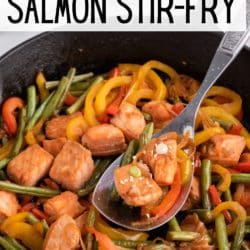
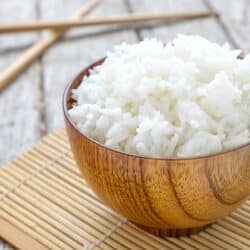
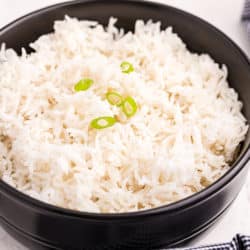
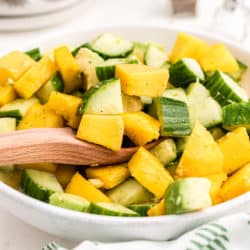
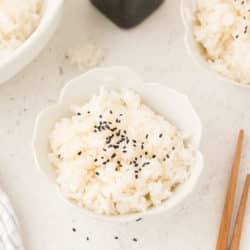


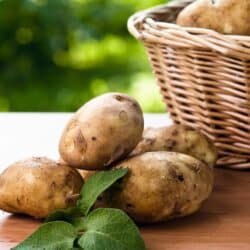

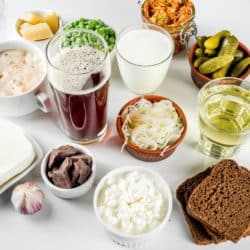

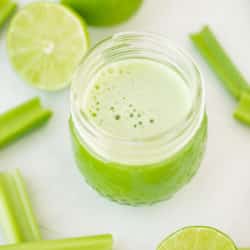
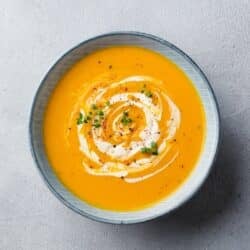

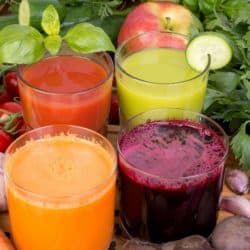



This recipe was a hit at my house!